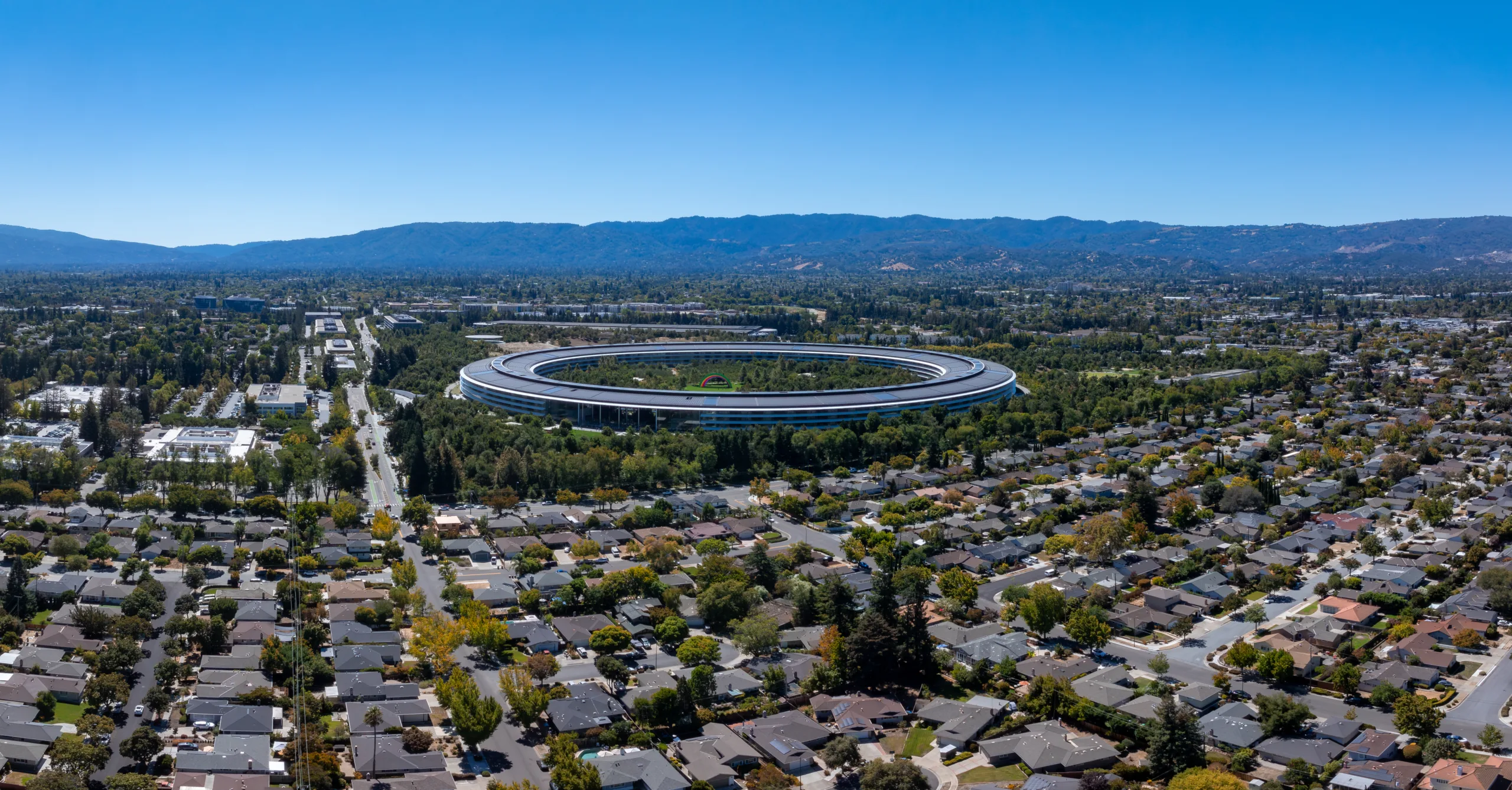In this episode of the No Cap Podcast, Jack and Alex sit down with Rich Hill, Global Head of Real Estate Strategy at Principal Asset Management, to break down where opportunities exist in today’s CRE landscape, and why he thinks 2025 could be a turning point for the asset class.
With over $100B in real estate AUM, Hill brings a rare four-quadrant perspective, spanning public and private, debt and equity, that shapes Principal’s strategy across US and global markets.
We explore why real estate debt is attracting fresh capital, what investors are getting wrong about data centers and generative AI, and why construction lending is back on the table. The conversation also dives into market dynamics driving office, multifamily, and senior housing, and why Hill believes real estate might be the “least dirty shirt” in a slowing economy.
Conversation Highlights
Alex: Rich, how’d you end up in your role today?
Rich: I grew up around malls—literally, my dad managed them. Eventually, I wound up on the derivatives desk at BofA, covering CRE developers and homebuilders. After getting laid off in ‘08, I rebuilt myself into a research analyst across the four quadrants: public and private equity, and public and private debt.
Jack: Give us the big picture on Principal Asset Management.
Rich: We’re the asset management arm of Principal Financial Group. Most people think of us as a sleepy insurance shop, but we manage over $500B globally—$100B of that in real estate alone, which makes us a top 10 real estate manager worldwide.
Alex: So with $100B, where are you putting capital today?
Rich: Everywhere. That’s the benefit of a four-quadrant approach—there’s always opportunity. But right now, debt looks especially attractive. CNBS was a huge trade for us after it lagged corporate credit. Private credit? Wide open. We’re actively lending, including construction loans—if the sponsor and market are right.
Debt markets, he says, are offering returns too attractive to ignore.
Jack: Construction loans? That feels contrarian right now.
Rich: Most people think those markets are frozen, but we’re lending on reset valuations. If we have to foreclose, we own at a very attractive basis and can reposition the asset.
Alex: Let’s talk asset classes—what are you bullish on?
Rich: Office is turning a corner. Lending data is starting to show real movement—MBA data shows originations for office rose both QoQ and YoY in Q1. If you asked me what will be a top-performing core asset type in 10 years, I’d say office. Just not evenly across the board—this is a B and C office problem. Class A is doing fine.
Jack: What about data centers?
Rich: We’ve been investing in data centers since 2007. The sector is evolving fast—cloud, inference AI, generative AI. We’re cautious on generative AI demand. The hyperscalers themselves aren’t sure what demand will look like in 10 years. That said, we’re doing both debt and equity across US and Europe.
Data centers, however, are where optimism may be running ahead of fundamentals.
Alex: What’s your take on multifamily and living strategies?
Rich: Multifamily isn’t priced efficiently right now. We’re going deeper—looking at two-bedroom layouts, shared walls, NOI optimization. We like “living strategies”: student housing, senior housing, SFR, manufactured homes. It’s not a housing shortage—it’s a housing mismatch across geographies.
We think the apartment market is not priced efficiently whatsoever.
Jack: What about geography—still bullish on the Sunbelt?
Rich: We like the Sunbelt, but we’re seeing transformational booms in secondary markets: Northwest Arkansas, Huntsville, Chattanooga, Greenville. It’s not about finding the next Austin. It’s about markets like Richmond that fly under the radar but deliver.
Alex: Where’s Europe in all this?
Rich: Europe’s slower-growth, but we’re active there—especially in data centers and logistics. The cap rates in Southern Europe are better. We’re seeing more cross-border investing. Middle Eastern capital thinks the US is “on sale” right now.
To Hill, the biggest risks today aren’t always the ones making headlines.
Jack: Where are interest rates headed?
Rich: Our house view: one 25bps cut in late 2025, maybe none. If the 10-year drops to 3.5% from 4.5%, I wouldn’t be surprised. The US isn’t losing its safe-haven status—there just aren’t many alternatives globally.
This is going to be fine… but investors need to focus on income durability and stop reacting to headlines.
Alex: So what’s the 2025 outlook?
Rich: We think CRE will post total returns of about 5% in 2025, mostly driven by income, not appreciation. Over five years, closer to 7%. Over 10, back to 8–9%. Compared to other risk assets, CRE might be the “least dirty shirt” in the laundry.
Watch the full episode on our YouTube Channel or your favorite podcast app.
Tune in weekly for new episodes of No Cap by CRE Daily!


















